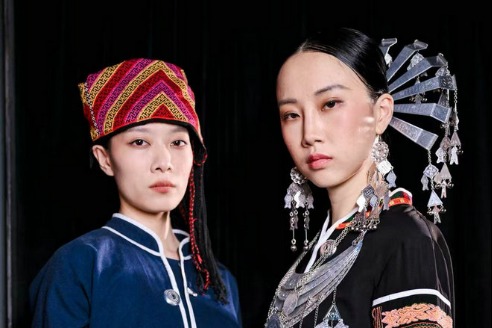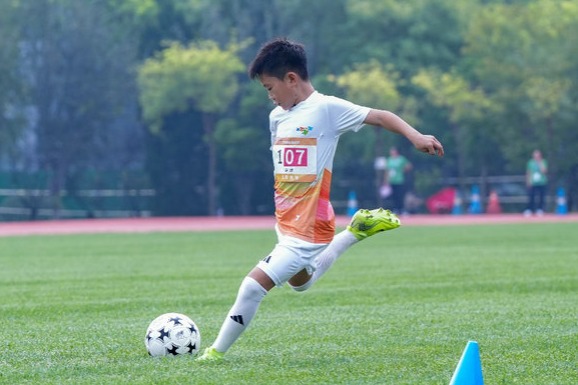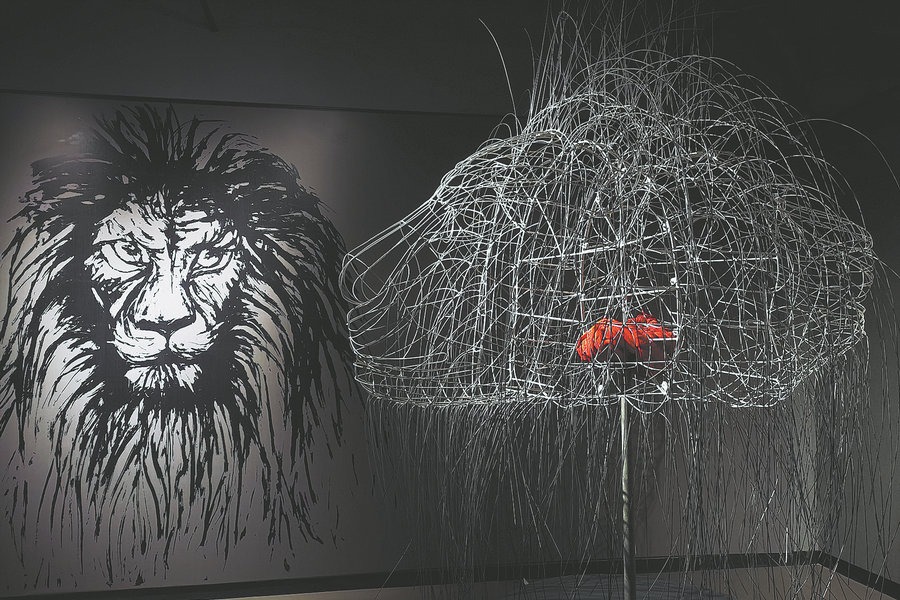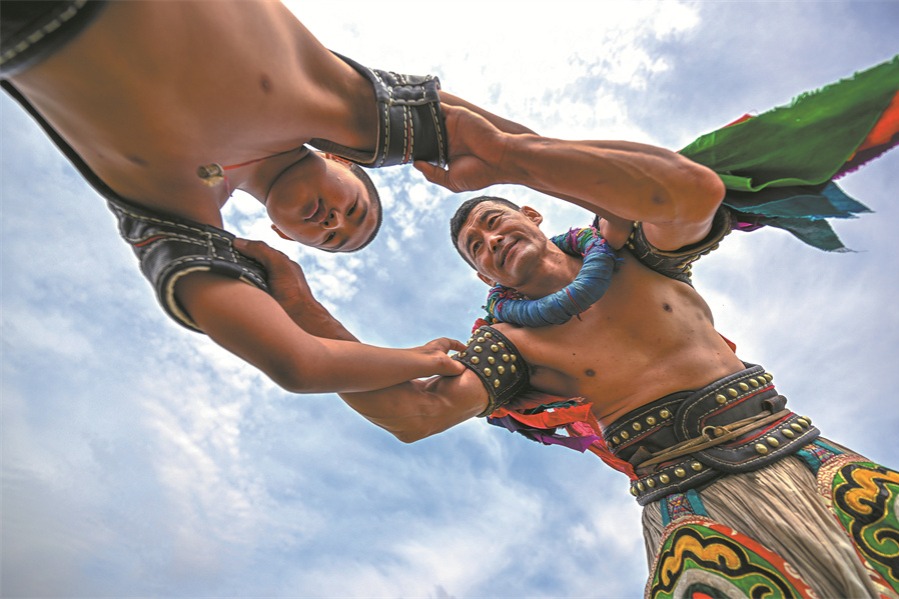Youth celebrate China-Nepal cultural bond

On Sept 5, a group of Nepali students performed a classical Bharatanatyam dance at the Capital Museum in Beijing. Their colorful traditional costumes, graceful movements, and lively music created a festive atmosphere that captivated an audience of about 100 youth representatives from China and Nepal.
The performance was part of the China-Nepal Youth Art Exchange, organized by the Beijing Belt & Road Cooperative Community (BRCC) and the Silk Road Cities Alliance (SRCA) to mark the 70th anniversary of diplomatic ties between the two countries.
Earlier, on Aug 1, the organizers had led a delegation of Chinese students to Ullens School in Kathmandu for a sand-art exchange. The Sept 5 visit to Beijing was Ullens School's return trip, bringing 60 students to China for a seven-day cultural program.
During their trip, they toured Beijing and Shanghai, visiting landmarks such as the Great Wall, the Forbidden City, and Disneyland. They experienced tea culture and a river cruise, and also joined interactive exchanges with students from several Beijing high schools.
"The dance may not have been perfect, but it was performed with heartfelt gratitude," said Ekta Singh Rana, vice principal of Ullens School.
"This trip has given us an opportunity to gain firsthand experience, helping us appreciate your culture and the hospitality you've shown, which in turn has fostered greater understanding in today's globalized world," she added.
Aaraohya Giri, 13, an eighth grader and one of the Bharatanatyam performers, said she was proud to share Nepali culture with Chinese audiences.
"It's a really good way to show everyone who we are and embrace our identity," she said.
Yang Yaran, 15, from Luoyang in Henan province, is a student at the High School Affiliated to the China Conservatory of Music and an accomplished guzheng (Chinese zither) player. At the event, she and her schoolmates performed two pieces using traditional Chinese instruments, including the erhu (two-stringed fiddle), yangqin (hammered dulcimer), and flute.
"This international exchange allows people from different countries to appreciate each other's unique cultures," Yang said, noting that preparing for the performance gave her a deeper understanding of both Chinese and Nepali traditions.
Jayden Khewnny, 13, was captivated by China's breathtaking scenery. His most memorable moment of the trip was climbing the Great Wall. "Ever since I was a child, I've dreamed of visiting the Great Wall. Finally being here feels amazing," he said.
As a hiking enthusiast, he is eager to introduce his Chinese peers to Nepal's famous mountains.
Nepal, often called a "mountain kingdom", is home to eight peaks over 8,000 meters. China and Nepal also share the core part of the Himalayas, a landscape that symbolizes not only natural grandeur but also the enduring friendship between the two nations.
This was Giri's first visit to China, and the country left a strong impression on her.
"Before I arrived, I knew it would be very advanced because of all the AI technology," she said. "When I got here, I found that even the public restrooms had such nice facilities and used robots. It's really what I expected — and even more."
Giri was already planning her second trip to China before leaving. Next time, she said, she hopes to visit the countryside because she has seen many pictures of rural areas and would like to learn how people live there and how the villages have become so modern and beautiful.
"We are both Asian countries and very close," she said. "It's important for young people like us to preserve our good relations."
"Youth are the future of a nation and the bridge of friendship," said Dong Shaopeng, chairman of the BRCC, in his welcoming speech. "Exchanges between the young people of our two countries not only enhance mutual understanding but also inject new vitality into the traditional friendship between China and Nepal."




































